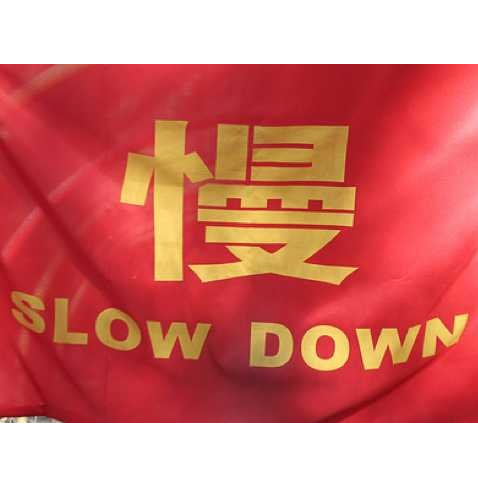
Exclusively from Michael Pettis’
Tom Holland had an interesting in the South China Morning Postlast week in which he discusses the low valuations of Chinese banks. About a decade ago, if I remember correctly, Chinese banks were trading between three and four times book. Those valuations have dropped considerably since then:
On Monday, the weighted average price-book value ratio for the 10 Chinese banks listed in Hong Kong fell to just 0.98. In other words, as an investor you would have been able to buy shares in Chinese banks for less than the cash you would have received – in theory – if the companies were wound up the following day and the residual value returned to shareholders. That’s a highly unusual state of affairs, especially in a rapidly developing economy like China’s where banks have traditionally been regarded as a geared play on future growth.
Holland goes on the argue that this has important implications about the quality of the banking balance sheets:
Some observers argue that the current abnormally low valuation of China’s banks is an aberration which represents a great buying opportunity. There is, however, another interpretation.
Imagine that the market has got the pricing of Chinese bank shares about right. That would imply the value at which they are carrying assets on their books is far too high. Or, to put it another way, the proportion of non-performing loans on the balance sheets of China’s commercial banks is a lot greater than they are admitting. A very rough back of an envelope calculation suggests how high the true level of bad loans might be.
If the long-term price-book ratio were an accurate representation, it would imply the real value of bank net assets should be some 40 per cent below their declared level.
While Holland is right to suggest that there are a lot of loans on the balance sheets of Chinese banks that should be, but aren’t, classified as NPLs, and that these NPLs should reduce the market value of bank shares, I think we need to think very differently about the informational content of share prices, especially for banks.
About six years ago, on October 26, 2006, ICBC completed its deal-of-the-year IPO, which, at $21.9 billion, was the largest IPO ever completed. In an article the next day, CFRI described the event like this:
Shares in Industrial & Commercial Bank of China (1398.HK), which is raising up to US$21.9 billion in the world’s largest IPO, rose as much as 18 percent in their Hong Kong debut on Friday after its stock sale generated huge investor demand.
ICBC’s IPO values the lender at 2.23 times its forecast book value. By comparison, No. 2 mainland lender Bank of China trades at 2.35 times 2006 book, No. 3 China Construction Bank trades at 2.66, and No. 5 Bank of Communications trades at 3.04 times book.
Owning shares in a bank is the functional equivalent of owning a call option on the bank’s future operational earnings, and if the share price contains little intrinsic value (i.e. the value of its assets does not exceed the value of its liabilities by a large margin, and may even be less than the value of liabilities), by definition most of its value consists of time value, and so is extremely sensitive to changes in expectations. This means at least two things.
As expected volatility declines, the value of the shares should decline too, because time value is positive correlated with expected volatility. At first this may seem strange. Normally, when expected volatility declines, share prices rise, but this is because reductions in volatility increase the value of assets. In a company with significant intrinsic value, in other words, a decline in expected volatility can increase intrinsic value by more than it reduces time value. In a company with no intrinsic value, of course, the only impact of lower expected volatility is to reduce time value.
As growth expectations decline, the value of the shares should decline very sharply. To put it in option terms, as expected growth declines, the forward value of assets declines with it, so that the “strike price” of the implicit option declines relative to the asset price, putting it more out of the money.
This is why back in 2006-07 I expected a rapid decline in the price of bank stocks relative to book value. As China began increasingly running into the limits of the current growth model, I assumed, growth would decline sharply, and over time the consensus would also drop, bringing down with it the volatility of growth expectations.

